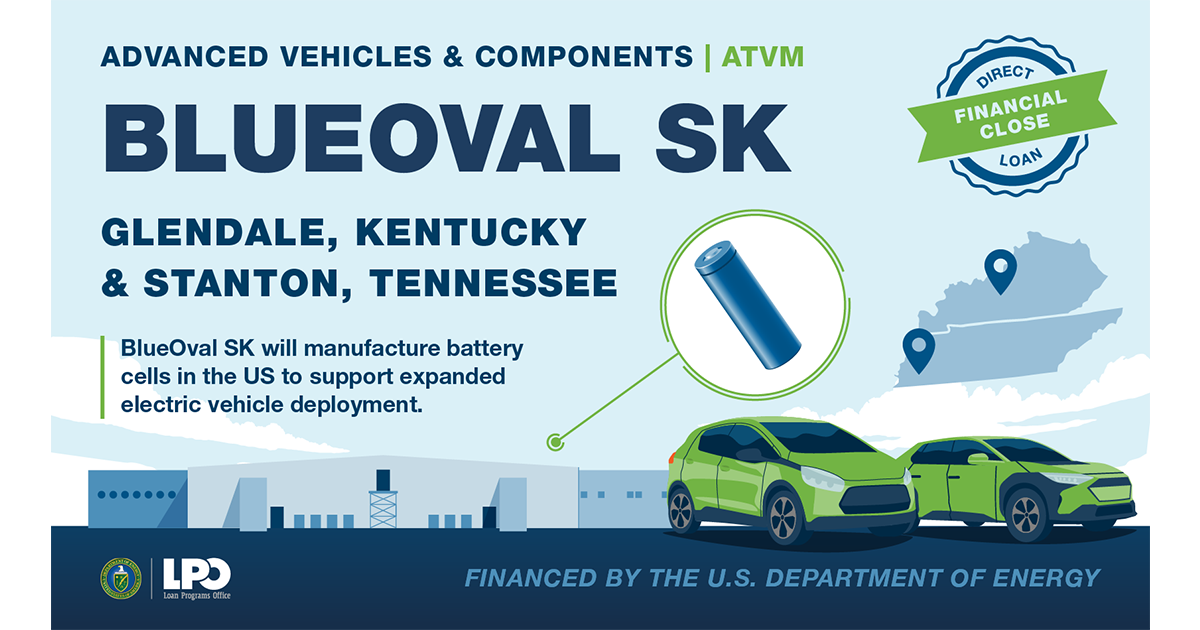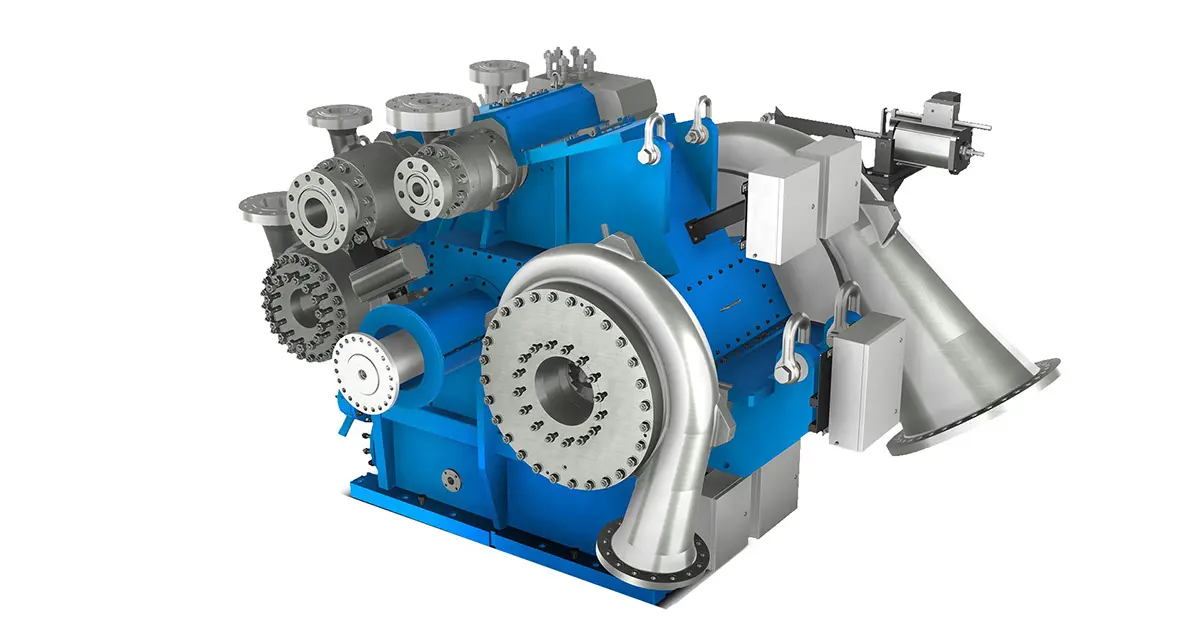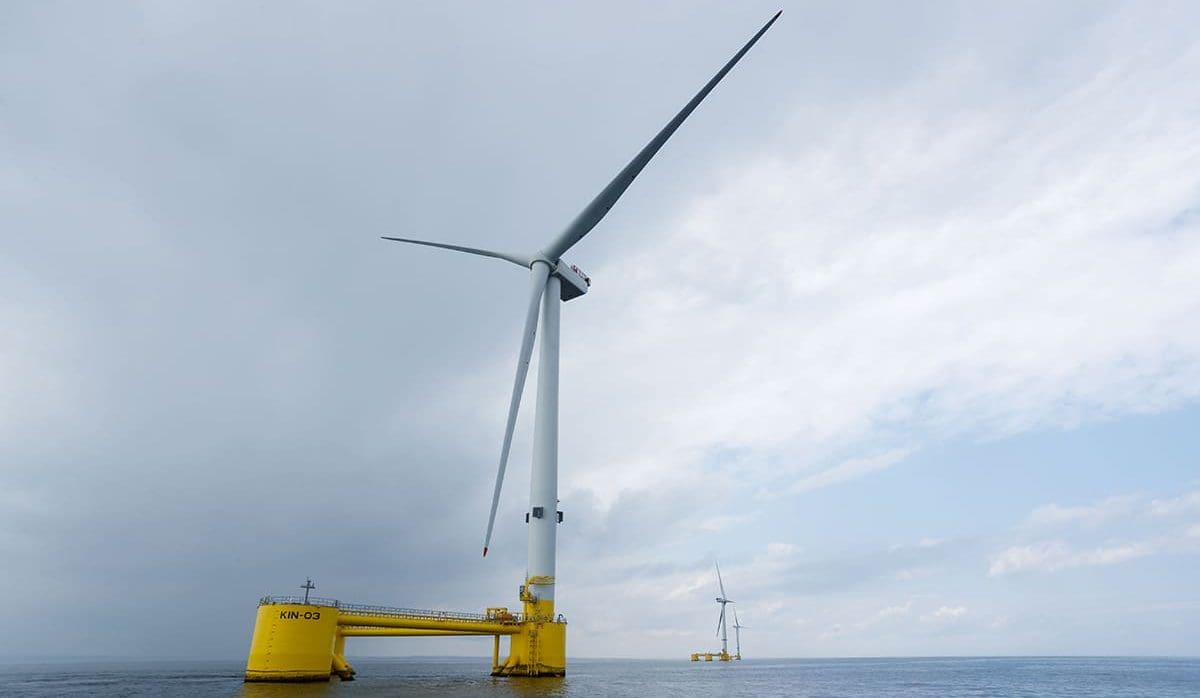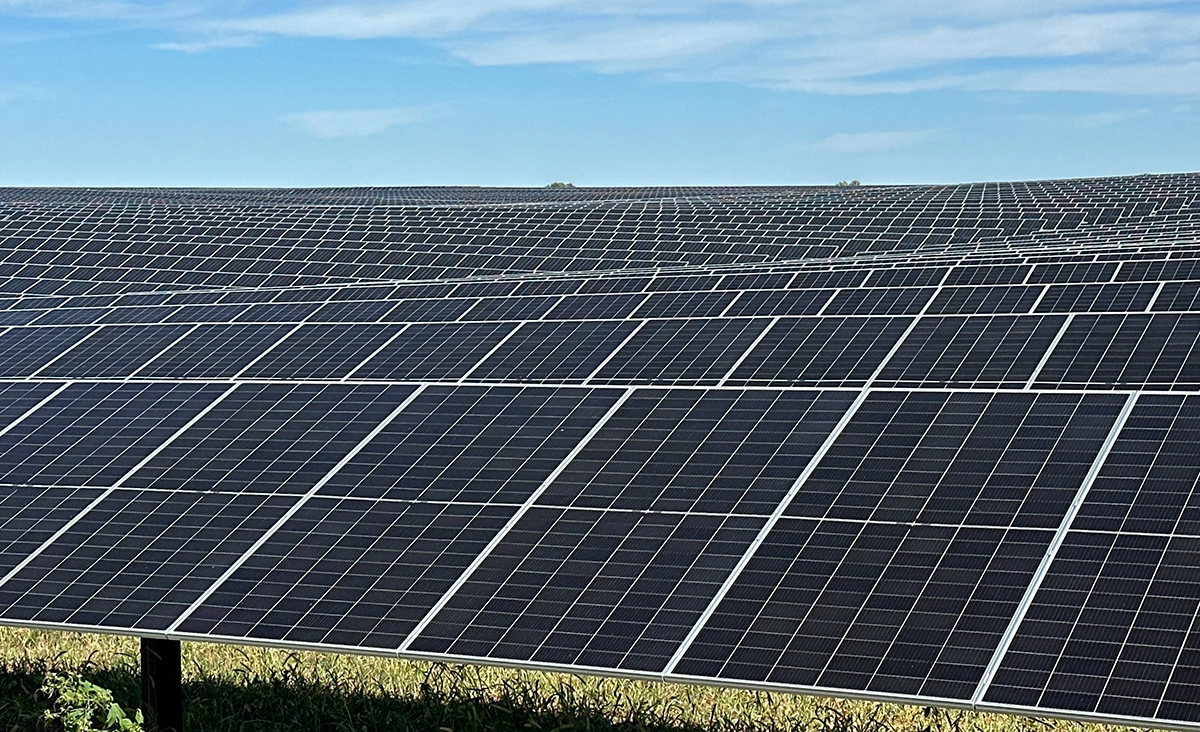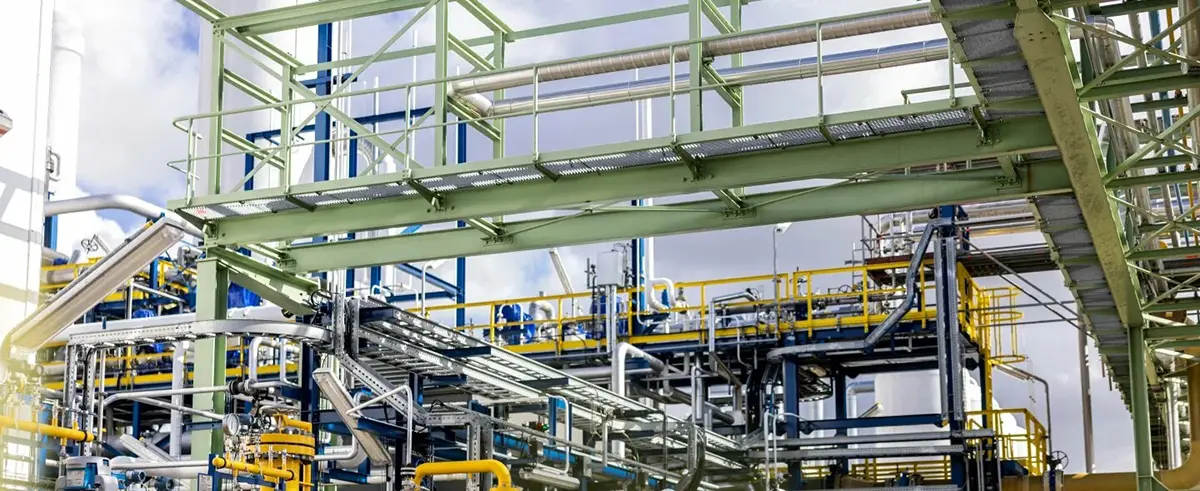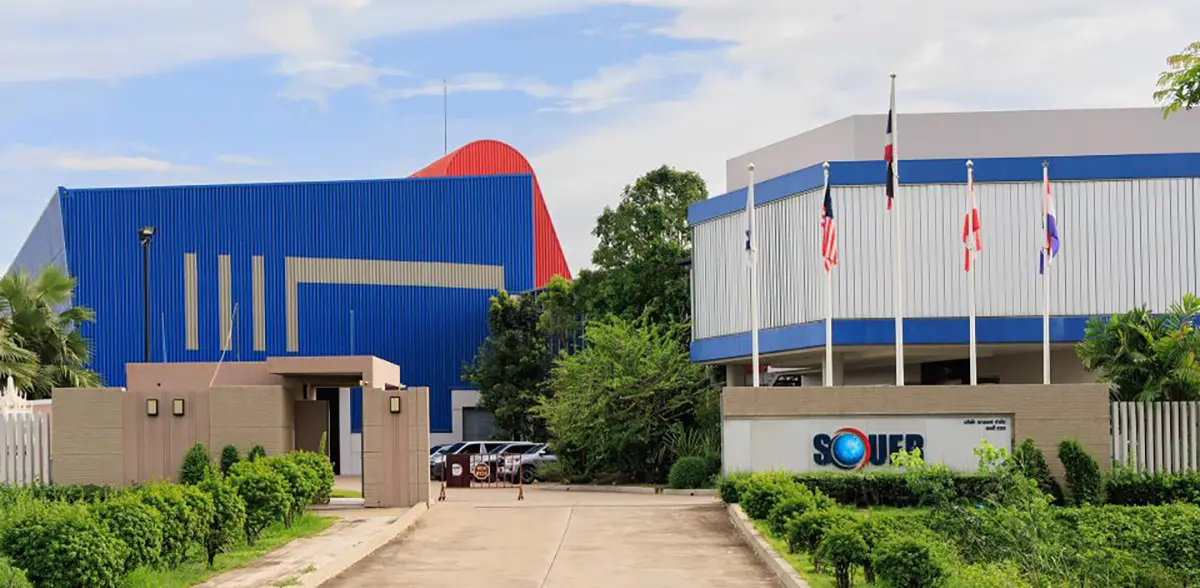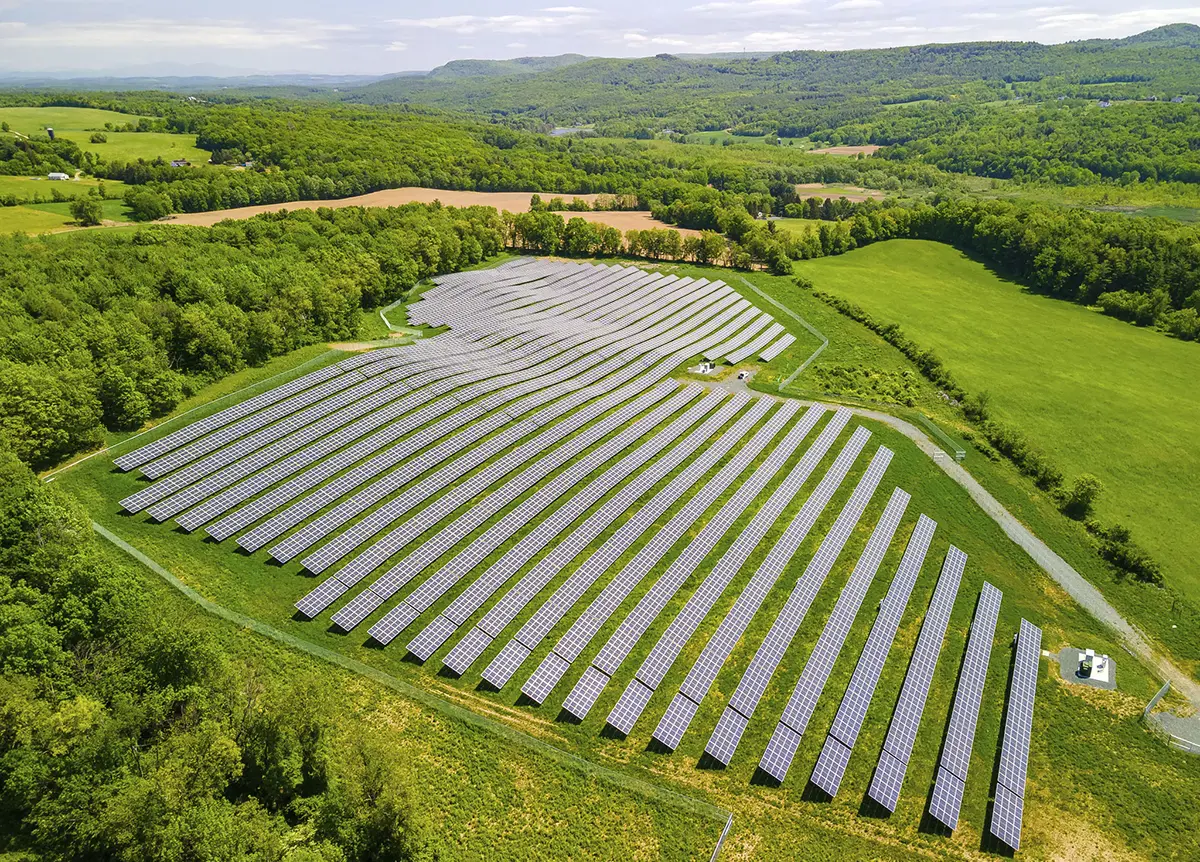
Lamborghini Announces Electrification Roadmap “Cor Tauri”

Italian luxury car maker, Lamborghini, announced on Tuesday its 10-year sustainability path, including an all-electric car by 2030. The roadmap is dubbed “Cor Tauri,” a reference to Lamborghini’s bull logo. “Cor Tauri is the brightest star in the Taurus constellation, and represents Lamborghini’s move toward a future that is electrified but always faithful to the heart and soul of the ‘bull’ brand,” said the company in a statement. “The heart and compass of the Cor Tauri transformation plan is the brand’s DNA, and its innate ability to turn challenges into opportunities through continuous technological innovations, leading to improved performance and driving emotions but within the constraints imposed by the increasingly stringent carbon dioxide [CO2] regulations. A journey toward a new Lamborghini, but always faithful to itself and its roots.”
Cor Tauri will consist of three phases.
Phase 1: Celebrating The Combustion Engine (2021 to 2022)
Similar to Toyota, Lamborghini has been one of the quieter auto manufacturers when it comes to electrification. The first two years of Cor Tauri will be an ode to the internal combustion engine and Lamborghini’s accomplishments over the course of its rich history.
Lamborghini’s steady sales growth and seven-fold increase in turnover over the last fifteen years has led to high costs. Lamborghini makes some of the world’s most sought-after sports cars, so it’s understandable the company wants to retain its edge if possible. It noted that huge investments in research and development continue to separate it from the competition, citing the Urus Super SUV as “the cornerstone of today’s success,” as well as the recently unveiled Sián, which is the first Lamborghini featuring hybrid technology.

Image Courtesy Of Automobili Lamborghini
Lamborghini also teased that it would be announcing two new cars for its V12 model line-up later this year.
Phase 2: Hybrid Transition (2023 to 2024)
Lamborghini plans to launch its first hybrid series production car in 2023 while pledging that the entire range will be electrified by 2024. Upon successful completion of Phase 2, Lamborghini said it should be able to reduce its CO2 emissions by 50% by the beginning of 2025. The Italian car manufacturer plans to use lightweight carbon fiber materials to help compensate for weight changes due to electrification.

Image Courtesy Of Automobili Lamborghini
Lamborghini’s hybrid transition is stamped with an estimated price tag of over US$1.83 billion over four years, the largest in the company’s history.
Phase 3: First Fully Electric Lamborghini (2025 to 2030)
After reaching its Phase 1 and Phase 2 goals, Lamborghini plans to dedicate the second half of the decade to full-electric vehicles. “Technological innovation in this phase will be oriented toward ensuring remarkable performance and positioning the new product at the top of its segment,” said the company. “This is how Lamborghini sees the culmination of this part of its journey: Cor Tauri, the brightest star in the constellation to which the company’s roadmap points, is represented by a fourth fully-electric model.”

Image Courtesy Of Automobili Lamborghini
“Lamborghini’s electrification plan is a newly plotted course, necessary in the context of a radically-changing world, where we want to make our contribution by continuing to reduce environmental impact through concrete project,” said Stephan Winkelmann, president and CEO of Automobili Lamborghini. “Our response is a plan with a 360-degree approach, encompassing our products and our Sant’Agata Bolognese location, taking us toward a more sustainable future while always remaining faithful to our DNA. Lamborghini has always been synonymous with preeminent technological expertise in building engines boasting extraordinary performance: this commitment will continue as an absolute priority of our innovation trajectory. Today’s promise, supported by the largest investment plan in the brand’s history, reinforces our deep dedication to not only our customers, but also to our fans, our people and their families, as well as to the territory where the company was born in Emilia-Romagna and to Made in Italy excellence.”

Image Courtesy Of Automobili Lamborghini

